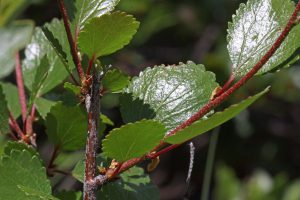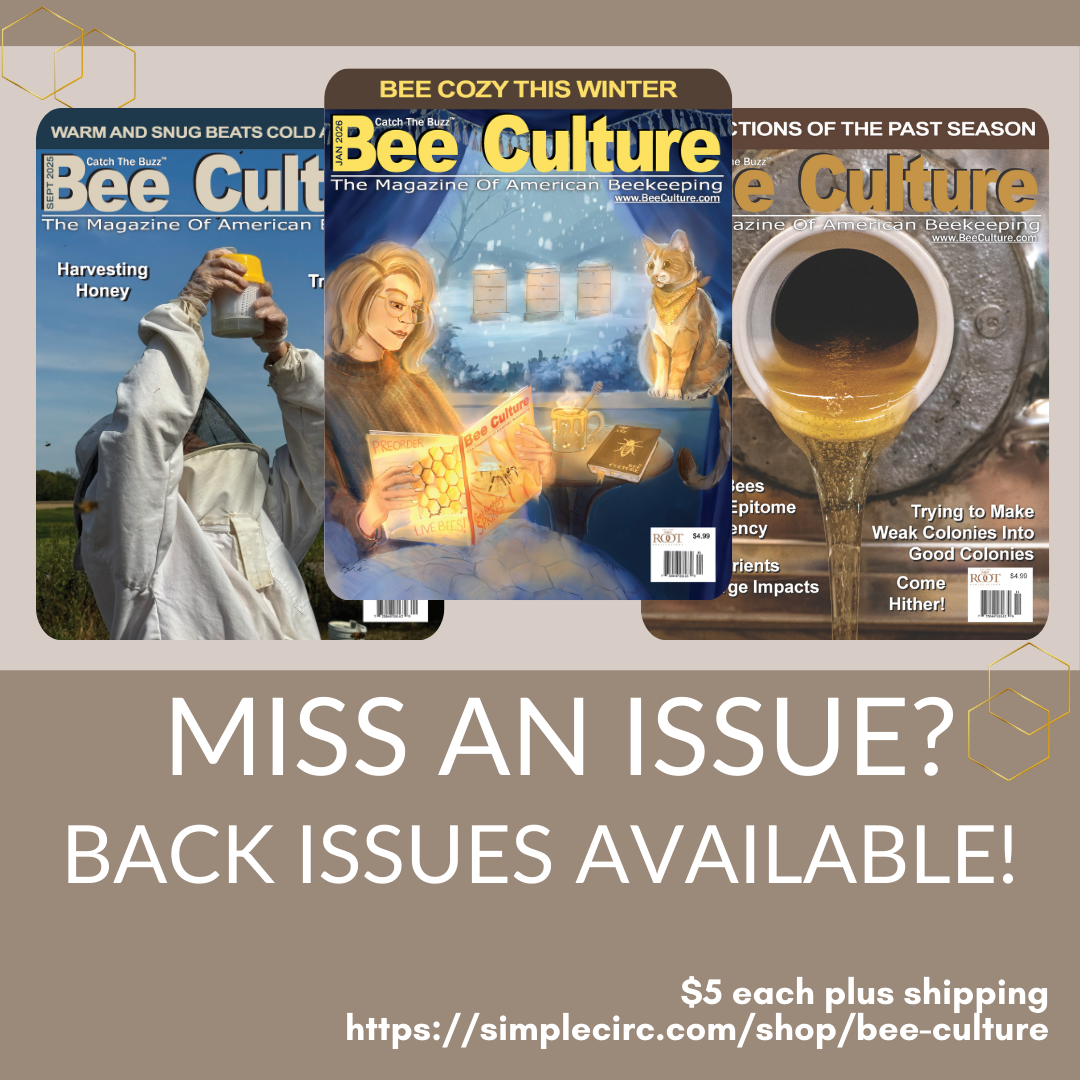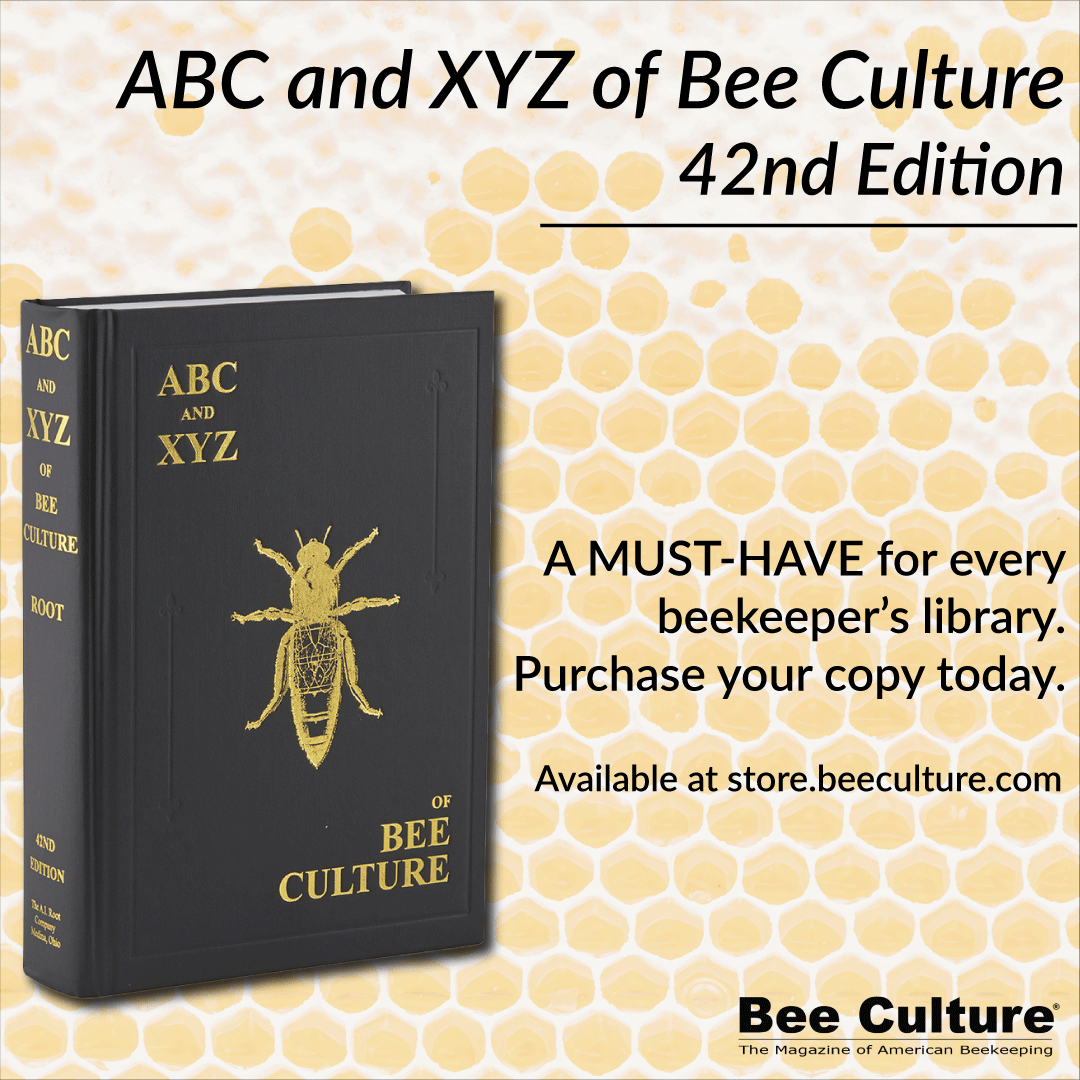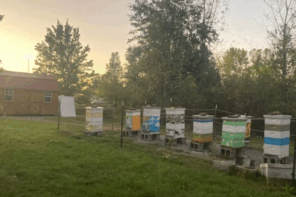Click Here if you listened. We’d love to know what you think. There is even a spot for feedback!
Read along below!
Found in Translation
Let Bees be Bees
By: Jay Evans, USDA Beltsville Bee Lab
Using insights from the natural habits of bees to improve one’s beekeeping is an old art. Hygienic behaviors are good examples of a complex set of protective behaviors, part of a bee colony’s ‘social immunity’, that occur naturally in many bee populations. Boosting these behaviors through breeding can result in better colony outcomes. Why some bee lineages fail to enact hygienic behavior is thought to reflect costs and benefits, nonstop vigilance is costly and possibly even causes self-harm, while having those traits when times are tough (now, for example, given Varroa mites) can lead to better growth and survival. This makes the use of ‘immunity’ in social immunity an even more apt term. ‘Individual’ immunity can save the lives of humans, or bees, or plants, when warranted by infection, but this immunity is most helpful when it is turned on only as needed and used in ways that do not harm the responsive individual (witness autoimmune disorders in humans). In this way, social and individual immunity are also analogous to the use of antibiotics. When done judiciously, they can be lifesavers, but nobody rides for free.

Populus × canadensis, cultivated, Montana, USA. The base of the leaf blade can take on a flat (hastate) shape. Author: Matt Lavin from Bozeman, Montana, USA / CC BY-SA 3.0
A recent paper presents an at-scale view of one of the most studied social immune traits, arguably just behind hygienic behavior. Bees of many species collect plant resins as they forage, collectively called propolis when it is smeared on the nests of social bees. Marla Spivak (University of Minnesota) and colleagues worldwide have perfected the art of studying honey bee propolis, from collection to chemistry to outcomes (one 2017 study is summarized here: https://beeculture.com/found-in-translation-4/). Controlled studies in bee cages and manipulated colonies have shown benefits of propolis in the short term but, short of calling for landscape-level shifts to plantings with the best harvestable resins, or selection for bees that are propolis pigs (neither of which is a terrible idea), these studies have not led to management solutions that exploit this trait. Until recently.
Professor Spivak and other scientists have proposed that beekeepers can strengthen the propolis ‘envelopes’ in their colonies simply by giving bees an incentive to gather more. One such incentive turns out be a series of grooves in the otherwise smooth Langstroth hive body. Maggie Shanahan from the Spivak group headed up a team that deployed rough and smooth Langstroth hives, filled with related bees traveling the same commercial beekeeping routes, to see if the simple act of promoting propolis affected key bee traits. They also deployed propolis ‘traps’ alongside rough hive bodies in a stationary large-scale apiary. The group’s research, along with reviews of a decade of studying propolis, is described in an open-access article in the journal PloS One (Shanahan, M.; Simone-Finstrom, M.; Tokarz, P.; Rinkevich, F.; Read, Q.D.; Spivak, M. Thinking inside the box: Restoring the propolis envelope facilitates honey bee social immunity. PLOS ONE 2024, 19, e0291744, doi:10.1371/journal.pone.0291744). The results for colony strength were subtle and statistically significant in only one of several sampling points. First, more propolis was stored in the ‘rough’ boxes than in boxes fitted with propolis traps and both stored more propolis than smooth boxes, so roughing up boxes did change collection behavior by bees. Stationary colonies showed no differences in colony size (aggregate of bees and brood), and migratory colonies showed significantly larger colonies for ‘rough’ boxes in only one of three sampling points. This suggests that the benefits of propolis could be conditional on other pressures (disease loads?) out there. Supporting a role of propolis against disease, the scientists saw significant decreases in genetic signals from the agent behind European foulbrood (https://journals.plos.org/plosone/article/figure?id=10.1371/journal.pone.0291744.g009) and even a hint (a non-significant trend) of reduced Varroa levels in propolis-rich hives. As in prior studies, the individual immune responses of bees in a propolis-rich environment were lower, perhaps reflecting lower costs at the individual level in fighting off disease. Of some concern, in one experiment, smaller colonies with ‘rough’ walls tended to store substantially less honey than did smaller colonies not prompted to collect extra propolis. This needs more exploration, but it is possible that smaller colonies, after devoting effort to building their propolis envelopes, had to cut back on foraging trips for nutrients. In support of that, when smaller colonies were already housed in propolis-lined boxes, this cost seemed to disappear. So… not fatal to the premise at all, but suggestive that, as previously stated, nothing in this life is free. The authors and others continue to explore the dynamics of propolis collection, beekeeper prompts and health effects, and they will be the authorities on when it might make sense to rough up your hive boxes.

Resin birch (Betula glandulosa), Birch family (Betulaceae). Wet meadow along the road FR-110 to the Chepeta Lake, Uintah, Utah; elevation 3170 m (10,400 ft). Author: Andrey Zharkikh from Salt Lake City, USA / CC BY 2.0
But back to the world bees are sampling on their flights… it is pretty well-known which plants provide the resins that become propolis. If these plants are limiting in the environment, it is conceivable that part of “planting for bees” could be setting up the (mostly) trees that provide such resins. Daniel Dezmirean and colleagues in Romania have been investigating the effects of a range of plant chemicals on bee health, and they have summarized the list of potential beneficial propolis-sources in Dezmirean, D.S.; Paşca, C.; Moise, A.R.; Bobiş, O. Plant sources responsible for the chemical composition and main bioactive properties of poplar-type propolis. Plants 2021, 10, 1-20, doi:10.3390/plants10010022). While this study focused on Europe, there is substantial overlap between their identified tree groups and related trees and shrubs in the U.S. For the other critical component, “can honey bees collect propolis (or other plant resources) ‘only’ as needed?” we can sluggardly go to the ants and ant researchers, who are well along this path of investigation. I have highlighted before a study from Switzerland showing that ants not only use resins in response to fungal disease but actually ‘potentiate’ that resin by mixing it with their self-made formic acid (Brütsch, T.; Jaffuel, G.; Vallat, A.; Turlings, T.C.J.; Chapuisat, M. Wood ants produce a potent antimicrobial agent by applying formic acid on tree-collected resin. Ecology and Evolution 2017, 7, 2249-2254, https://doi.org/10.1002/ece3.2834) In a practical sense, this suggests that the benefits of resin could depend on other incoming plant compounds or beekeeper-applied treatments. It also shows how letting bees be bees, with some guardrails, could lead to them making their own wise health decisions. This does not mean you can drop other management tools quite yet! Happy Spring, and keep an eye on what your bees are collecting out there.










